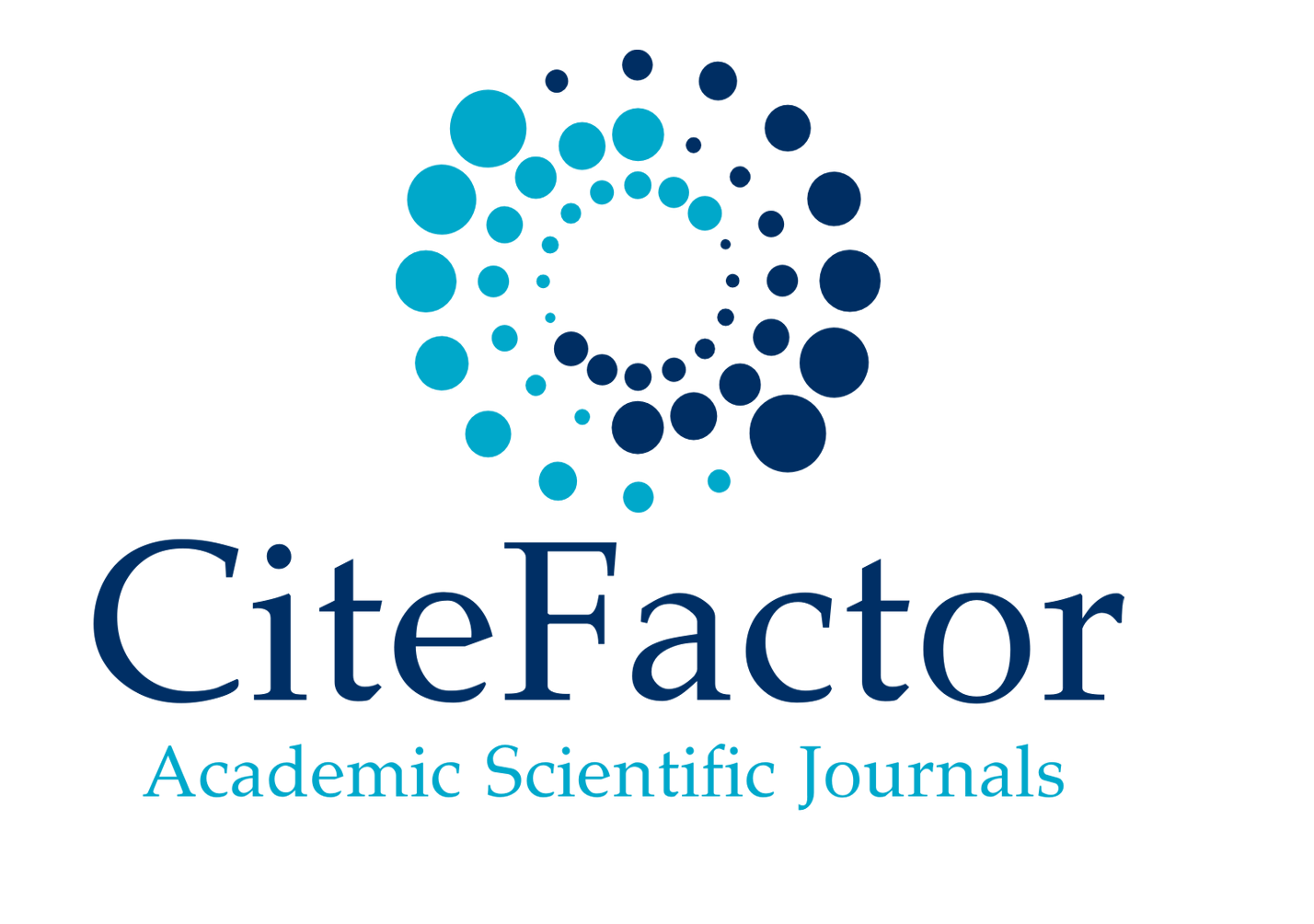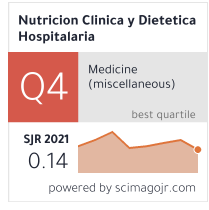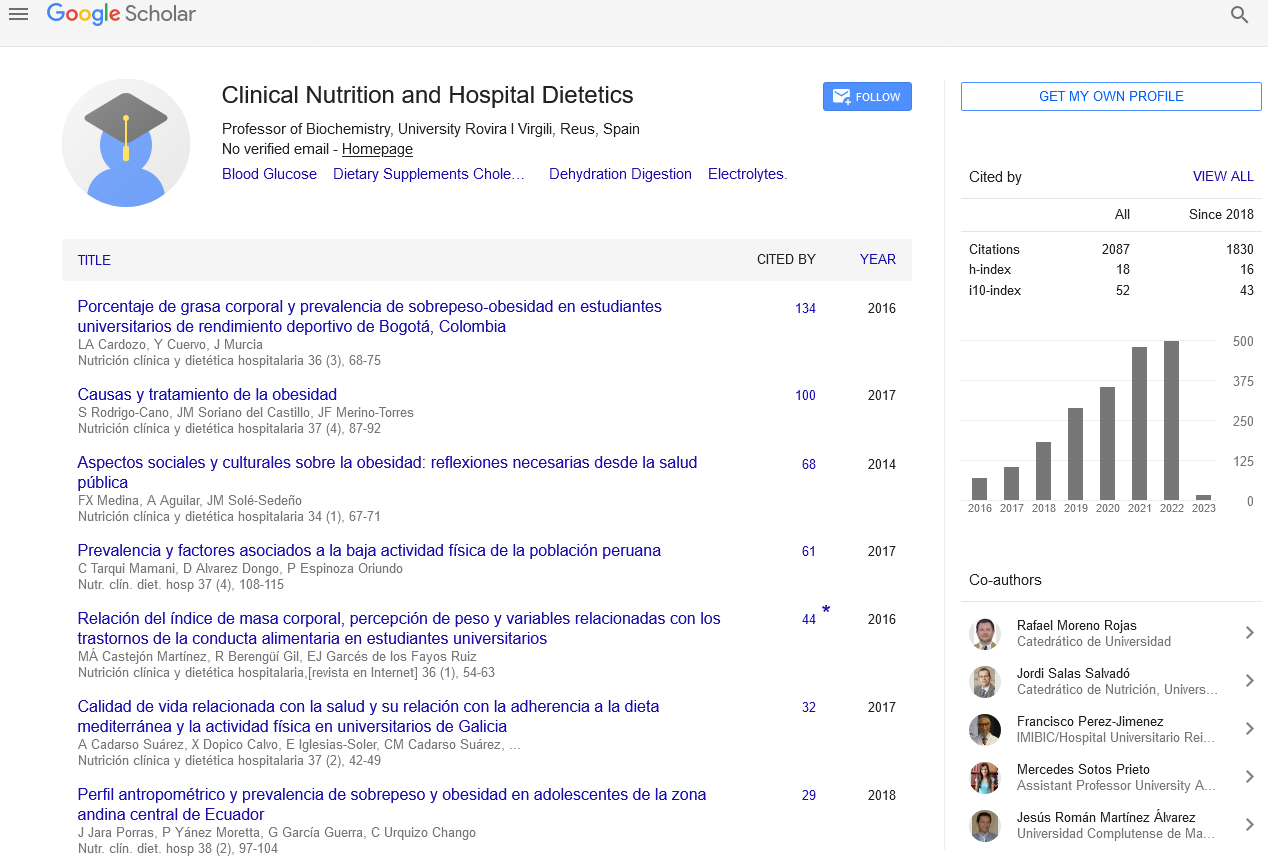Abstract
Usefulness of CONUT against NRS-2002 in the assessment of nutritional risk in hemato-oncology patients
Author(s): Baltazar-Luna, Eréndira1; Bravo-Alvarez, Gabriela1; Sámano, Reyna2; Chico-Barba, Gabriela2
Introduction: Early detection of nutritional risk in patients with hematologic cancer through appropriate screening is of vital importance. The Nutrition Control method (CONUT) identifies patients with nutritional risk based on the determination of albumin, total cholesterol and total lymphocytes while the Nutritional Risk Screening (NRS-2002) test is identified as subjective, gives a specific score for patients with Hematological cancer.
Objectives: To compare the prevalence of nutritional risk between these two tools, as well as to describe their utility in this population.
Material and Method: Cross-sectional study, with nutritional risk assessment by CONUT and NRS-2002, carried out in the area of hospitalization of the Hemato-oncology service of the National Cancer Institute in Mexico City. Statistical analysis was performed using Pearson chi2 test, ANOVA, sensitivity and specificity tests, and comparison of medians.
Results: A total of 94 patients participated, of which 43% were women and 57% were men. The median age was 32 years. According to the assessment of nutritional risk measured with CONUT, 41% of the patients presented low nutritional alert, 29% moderate and 30% high. The NRS-2002 detected 48% of patients without risk of malnutrition and 52% with risk. Using the NRS-2002 as the gold standard, CONUT had a sensitivity of 73% and a specificity of 57%. Greater sensitivity and specificity were observed in the elderly group (100 and 75%, respectively).
Discussion: The prevalence of malnutrition with both tests is high, according to Nutritional Risk Screening the related risk factors are weight loss and age. CONUT has not been specifically validated for the hemato-oncologic patient, in this study we found that it has a low sensitivity and specificity probably due to metabolic alterations due to the disease and / or alterations in the biochemical values provoked by the antineoplastic treatment, However, the test shows greater sensitivity and specificity in the group of older adults, the probable relationship in this age group is the predisposition to present greater weight loss and protein loss, although more studies will be needed to confirm this fact
Conclusions: More than 50% of the sample of this study had nutritional risk with both sieves. The older the age, the greater the frequency of nutritional risk. CONUT was not an adequate diagnostic test for hematologic cancer patients, however, it may be useful in the older adult group.
Google Scholar citation report
Citations : 2439
Clinical Nutrition and Hospital Dietetics received 2439 citations as per google scholar report
Indexed In
- Google Scholar
- Open J Gate
- Genamics JournalSeek
- Academic Keys
- JournalTOCs
- ResearchBible
- SCOPUS
- Ulrich's Periodicals Directory
- Access to Global Online Research in Agriculture (AGORA)
- Electronic Journals Library
- RefSeek
- Hamdard University
- EBSCO A-Z
- OCLC- WorldCat
- SWB online catalog
- Virtual Library of Biology (vifabio)
- Publons
- MIAR
- Geneva Foundation for Medical Education and Research
- Euro Pub
- Web of Science
Journal Highlights
- Blood Glucose
- Dietary Supplements
- Cholesterol, Dehydration
- Digestion
- Electrolytes
- Clinical Nutrition Studies
- energy balance
- Diet quality
- Clinical Nutrition and Hospital Dietetics




